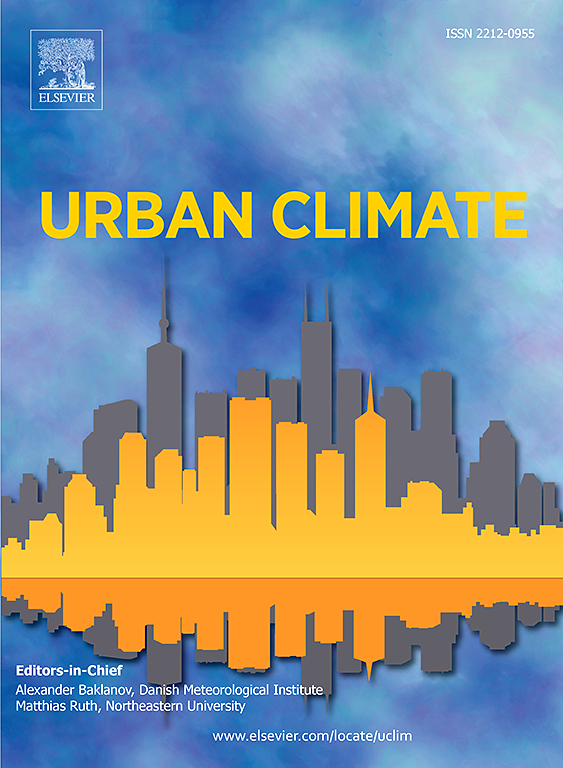Remote sensing assessment of urban vegetation's dust retention for mitigating atmospheric particulate pollution
IF 6
2区 工程技术
Q1 ENVIRONMENTAL SCIENCES
引用次数: 0
Abstract
Urbanization has significantly increased particulate emissions, while vegetation plays a key role in capturing and retaining atmospheric particles, thereby improving air quality. However, the large-scale impact of urban vegetation on dust retention remains underexplored. This study integrates Sentinel-2 data with vegetation spectral data to extend the analysis from individual points to larger urban areas. Five urban vegetation species from Xuhui and Minhang districts in Shanghai were selected for dust retention and canopy reflectance data collection. Ground-based spectral measurements were converted into Sentinel-2 spectra using a spectral response function. Ten vegetation indices (VIs), including SR, NDVI, SIPI, and ARVI, were evaluated for their correlation with dust retention, and four machine learning algorithms were compared. The optimal algorithm was selected for modeling the spatial distribution of vegetation dust retention. The results indicated that: (1) NDVI, ARVI, SIPI, and SR were sensitive to dust retention, with correlation coefficients of −0.78, −0.78, −0.77, and − 0.73, respectively; (2) Random Forest outperformed the other algorithms in estimating regional dust retention, with an R2 of 0.65, surpassing polynomial regression, stochastic gradient descent, and support vector machines. High dust retention areas were associated with continuous vegetation cover and urban greening. These findings provide valuable insights for urban green space planning and offer a scalable method for regional dust retention estimation.
城市植被滞留尘对大气颗粒物污染的遥感评价
城市化显著增加了颗粒物排放,而植被在捕获和保留大气颗粒物方面发挥了关键作用,从而改善了空气质量。然而,城市植被对沙尘滞留的大尺度影响尚未得到充分研究。该研究将Sentinel-2数据与植被光谱数据相结合,将分析从单个点扩展到更大的城市地区。选取上海徐汇区和闵行区的5种城市植被进行积尘和冠层反射率数据采集。利用光谱响应函数将地面光谱测量值转换为Sentinel-2光谱。研究了SR、NDVI、SIPI和ARVI等10个植被指数与积尘量的相关性,并对4种机器学习算法进行了比较。选择最优算法对植被尘积空间分布进行建模。结果表明:(1)NDVI、ARVI、SIPI和SR对尘积敏感,相关系数分别为- 0.78、- 0.78、- 0.77和- 0.73;(2)随机森林算法在区域尘积估计上的R2为0.65,优于多项式回归、随机梯度下降和支持向量机。高阻尘区与连续植被覆盖和城市绿化有关。这些发现为城市绿地规划提供了有价值的见解,并提供了一种可扩展的区域尘埃滞留估算方法。
本文章由计算机程序翻译,如有差异,请以英文原文为准。
求助全文
约1分钟内获得全文
求助全文
来源期刊

Urban Climate
Social Sciences-Urban Studies
CiteScore
9.70
自引率
9.40%
发文量
286
期刊介绍:
Urban Climate serves the scientific and decision making communities with the publication of research on theory, science and applications relevant to understanding urban climatic conditions and change in relation to their geography and to demographic, socioeconomic, institutional, technological and environmental dynamics and global change. Targeted towards both disciplinary and interdisciplinary audiences, this journal publishes original research papers, comprehensive review articles, book reviews, and short communications on topics including, but not limited to, the following:
Urban meteorology and climate[...]
Urban environmental pollution[...]
Adaptation to global change[...]
Urban economic and social issues[...]
Research Approaches[...]
 求助内容:
求助内容: 应助结果提醒方式:
应助结果提醒方式:


